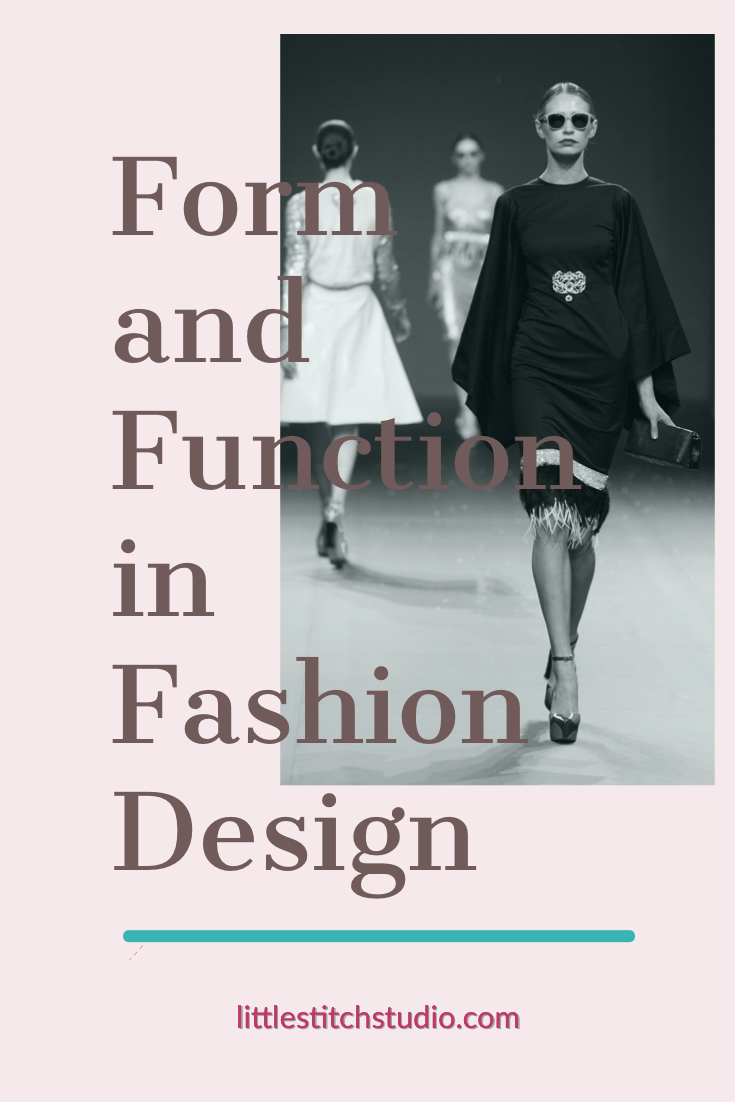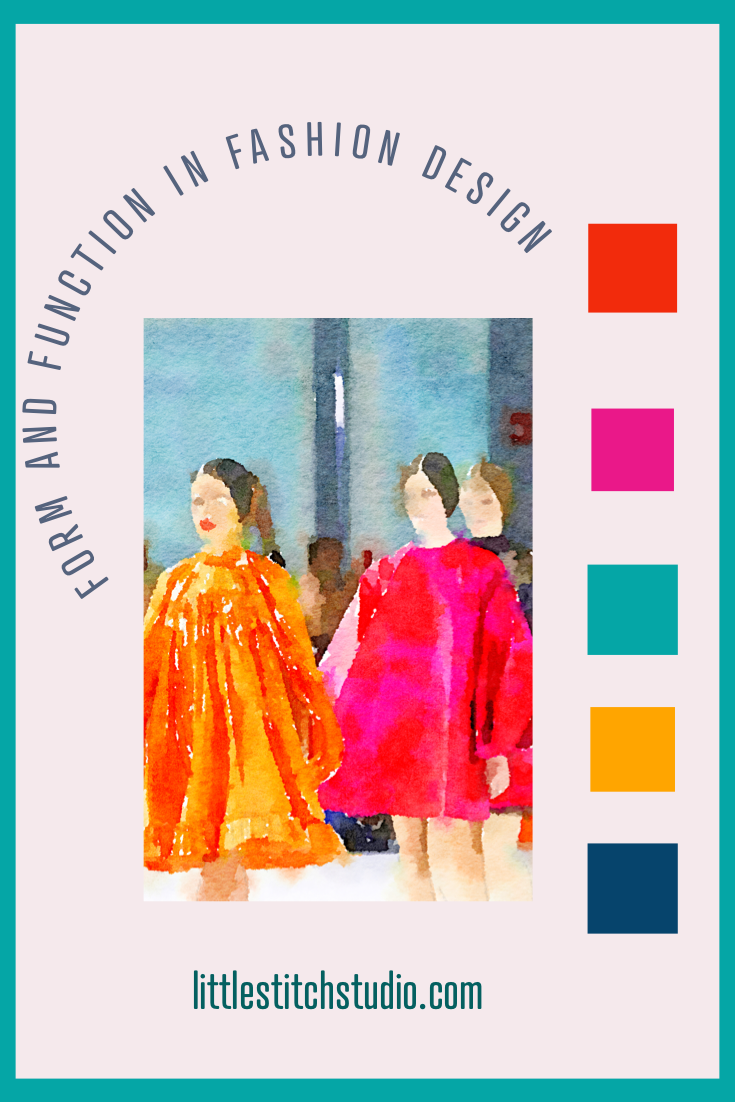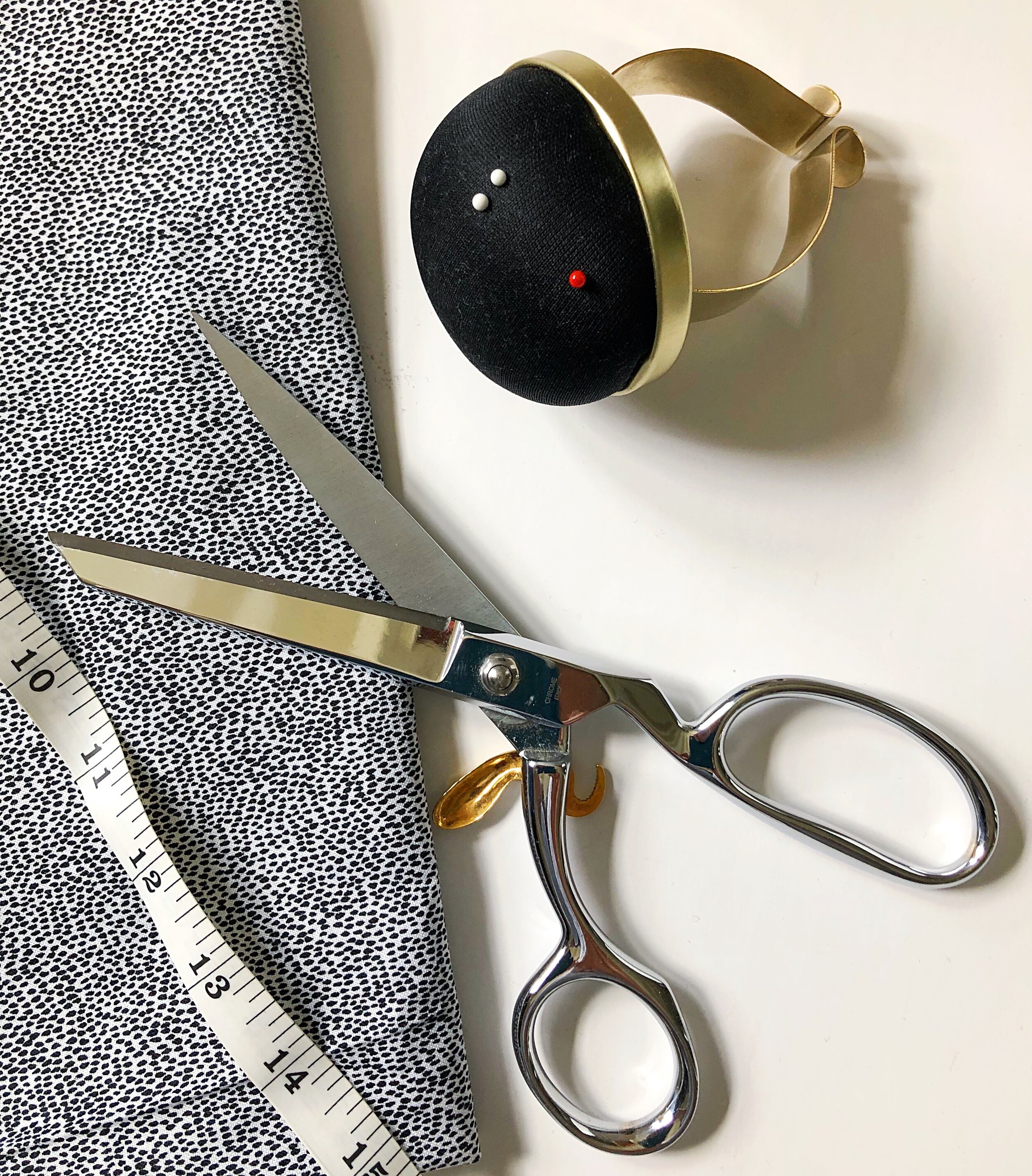The Basic Principles of Garment Construction: Functional, Structural and Decorative Design
The Design Process
Fashion is all about illusions, line, color, space and texture. These concepts are based on the Principles and Elements of Design. It doesn’t matter if we are talking about designing couture gowns, tailoring, fashion accessories, kids wear or pet clothes. These foundational art principles become primary considerations in construction. Sewing is an art, that of making beautiful clothes. It takes time, thought and practice.
Why Construction Should Matter
Clothing construction refers to the stitching of garments and all the sewing techniques involved in the process. Every choice and detail: pockets, seams, seam finishes, zippers, facings, linings, interfacings, closures and hems, as well as a good understanding of fabric are all intertwined.
Having a strong understanding of construction will help you to become more confident in handling your sewing projects. You will no longer be beholden to the pattern as written. Understanding construction will allow you to confidently move a dart or eliminate an unwanted detail. You will begin to understand how and why pattern pieces are joined in a particular way and order.
Fashion is all about illusions, line, color, space and texture. These concepts are based on the Principles and Elements of Design. It doesn’t matter if we are talking about designing couture gowns, tailoring, fashion accessories, kids wear or pet clothes. These foundational art principles become primary considerations throughout the construction process. Sewing is an art, that of making beautiful clothes. It takes time, thought and practice, plus lots of experimentation.
Why Construction Should Matter
Clothing construction refers to the stitching of garments and all the sewing techniques involved in the process. Every choice and detail: pockets, seams, seam finishes, zippers, facings, linings, interfacings, closures and hems, as well as a good understanding of fabric are all intertwined.
Having a strong understanding of construction will help you to become more confident in handling your sewing projects. You will no longer be beholden to the pattern as written. Having savvy construction skills will allow you to confidently move a dart or eliminate an unwanted detail. You will begin to recognize how and why pattern pieces are joined in a particular way and order.
Function, Structural and Decorative Design
As with other types of applied design, fashion design is a process of seeking a match between a set of requirements and clever ways of meeting them. The success of any design depends on the designer’s ability to combine aesthetic sensibility with a strong technical knowledge. Clothing as a wearable art needs to be, well, wearable. Which means that it needs to fit and flatter, to be taken off, cleaned and worn again. The age old dilemma of form vs. function.
Functional Design
With clothing, it is impossible to separate design and fit. The garment needs to feel comfortable. It needs to provide adequate room to move, while still maintaining its shape, or form. The selected fabric needs to be a suitable weight and appropriate for the garment.
What type of garment are you making? Is it intended for a specific season? How will you care for it? Does it need to provide protection? What kind of activity will you be engaged in while wearing? Swimming? Running? Sleeping?
You see, there is a symbiotic relationship between the materials chosen and the approach to construction. Functional design is really about appropriateness. How the garment physically works and preforms.
Some may be quite obvious, for example, uniforms for police, firefighters and physicians. They all need specific protection for their unique job. Of course, all clothing, with the exception of a concept piece, needs to be functional to actually be worn. A t-shirt or sweater needs to pull over the head to get it on and again to remove. Pants and skirts need to be held up at the waist or hip and have some sort of way to anchor to the body. It is in this way that you can see how fashion and function go hand in hand.
Structural Design
The structure of a garment is everything that holds the garment together. The fabric, the seams, shaping and everything that goes on between the outer fabric and the inside. It incorporates a number of different elements depending on the desired look that you want to achieve.
A garment which has been nicely made and neatly finished will wear better over time, it will also sit better on the body. Sometimes when a garment is not finished correctly small details will not seem to hang nicely on the body – a collar won’t roll quite the right way, a neckline won’t sit quite flat or a lining will bunch up in the wrong areas. A large part of the ability to control the shape of the garment is in giving the correct structure to support the silhouette.
Decorative Design
After the functional and structural details have been carefully considered, decorative design is next! What is Decorative Design? Decorative Design refers to the decorative surface finish, but it is often what catches your eye and draws you to a garment. Details such as buttons, bows, trim, embroidery, prints, pattern and color. These embellishments can be paired to enhance a design or to subvert it. Their purpose may be completely decorative, but is always carefully considered.
As is often the case, the beauty of a garment isn’t in the “decorative element” but in the lack of embellishment. Working within a minimalist framework, a mix of clever pattern cutting, strong construction skills and correct structure can sometimes be just as innovative and modern as any surface design.
In fashion sewing, you can see how a broad appreciation of function, structure and decorative design is necessary. Not one of these is exclusive, as each needs to be considered on individual merits as well as how they relate to the whole garment. Some designers start with their end product in mind and experiment endlessly until they can turn their mental images into a physical form. Others start from a point of experimentation and allow for happy accidents. The beauty of great design is less about strict rules and more about the consideration of balance and innovation.
Next week’s lesson:
Order of Operations in Garment Sewing
Introducing: The Basic Principles of Garment Construction, A New Blog Series
So many of you are discovering the possibilities that open up when you learn to sew. With even a basic set of skills, you can begin to make simple clothing, fashionable accessories and home decor projects. Soon you may find yourself searching for patterns, fabric and fancy new sewing machines. Suddenly a whole new world opens up- it really is an exciting time.
Well, that is until it isn’t.
There are so many frustrating moments that you will encounter when learning to sew. Tangled threads, broken needles, machine malfunctions. All normal stuff- I promise. You see, there is a difference between knowing how to sew and how to sew well. Learning to sew well takes time and patience. Yes, you will continue to make mistakes, I still do! But it is through these mistakes that you can begin to really learn why things need to be done in a certain order or way – and what happens when you don’t.
So many of you are discovering the possibilities that open up when you learn to sew. With even a basic set of skills, you can begin to make simple clothing, fashionable accessories and home decor projects. Soon you may find yourself searching for patterns, fabric and fancy new sewing machines. Suddenly a whole new world opens up- it really is an exciting time.
Well, that is until it isn’t.
There are so many frustrating moments that you will encounter when learning to sew. Tangled threads, broken needles, machine malfunctions. All normal stuff- I promise. You see, there is a difference between knowing how to sew and how to sew well. Learning to sew well takes time and patience. Yes, you will continue to make mistakes, I still do! But it is through these mistakes that you can begin to really learn why things need to be done in a certain order or way – and what happens when you don’t.
To truly master anything, it is not enough to know how to do something- you also need to know why.
Introduction to Garment Construction
In this series, my intention is to guide you step by step through a variety of methods and techniques to help you to gain a true understanding of the fundamentals of sewing. Through hands on practice, I hope that you will begin to notice the underlying construction principles and techniques that come up in sewing again and again.
Cutting, marking, pinning, basting, stitching, seam finishing, trimming, stabilizing- all of these techniques are used in sewing over and over no matter what it is you are making. It really helps to understand why each step is necessary and how it will relate to your final project. Though there are many ways approach a single technique, I will share with you what works best for me. Please don’t expect any shortcuts, as that is not what I do. Instead, I believe in spending time to develop a very special set of skills that will set your work apart and help you to create the pieces that you dream of.
Get your scissors ready!





